Which of the following plots correctly represents variation of equivalent conductance (∧eq) with dilution for a strong electrolyte ?
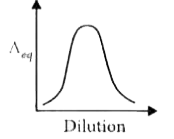
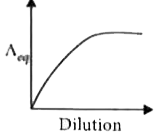
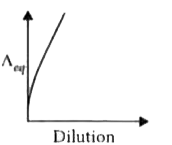
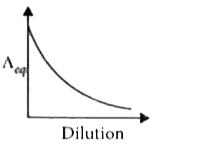
The correct Answer is:B
Equivalent conductance increases with dilution and ultimately becomes constant .
Topper's Solved these Questions
- MODEL TEST PAPER 1 BOOK - MTG-WBJEECHAPTER - MODEL TEST PAPER 1 EXERCISE - CHEMISTRY (Category) 2 : Single Option correct type (2 mark)
5 Videos
- MODEL TEST PAPER 1 BOOK - MTG-WBJEECHAPTER - MODEL TEST PAPER 1 EXERCISE - CHEMISTRY (Category) 3 : Single Option correct type (2 mark)
5 Videos
- IONIC EQUILIBRIABOOK - MTG-WBJEECHAPTER - IONIC EQUILIBRIAEXERCISE - WB JEE PREVIOUS YEARS QUESTIONS
10 Videos
- MODEL TEST PAPTER BOOK - MTG-WBJEECHAPTER - MODEL TEST PAPTER EXERCISE - MCQs
80 Videos
Similar Questions
Knowledge Check
Which of the following plots represents correctly variation of equivalent conductance (Λ) with dilution for a strong electrolyte ?
A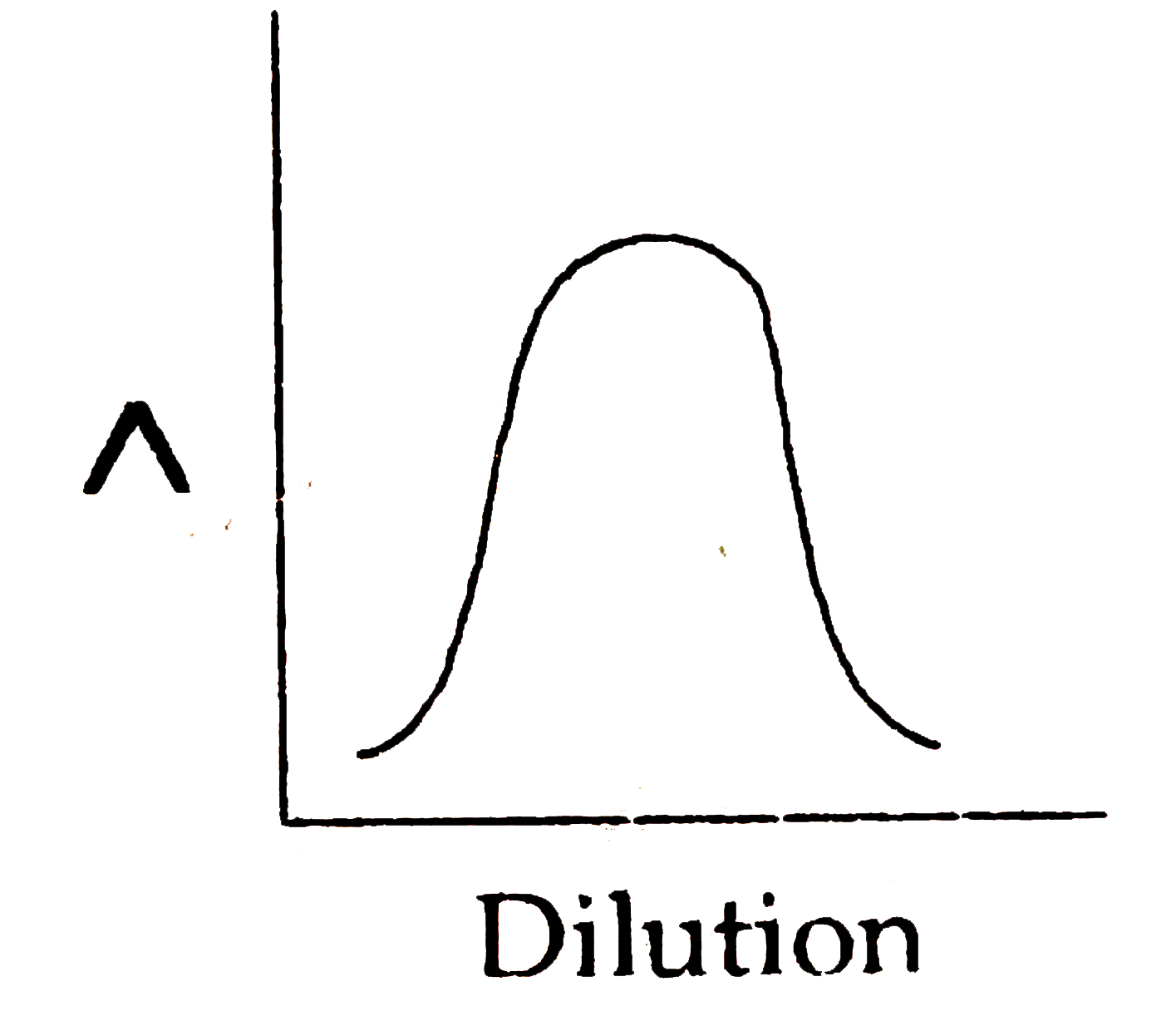 B
B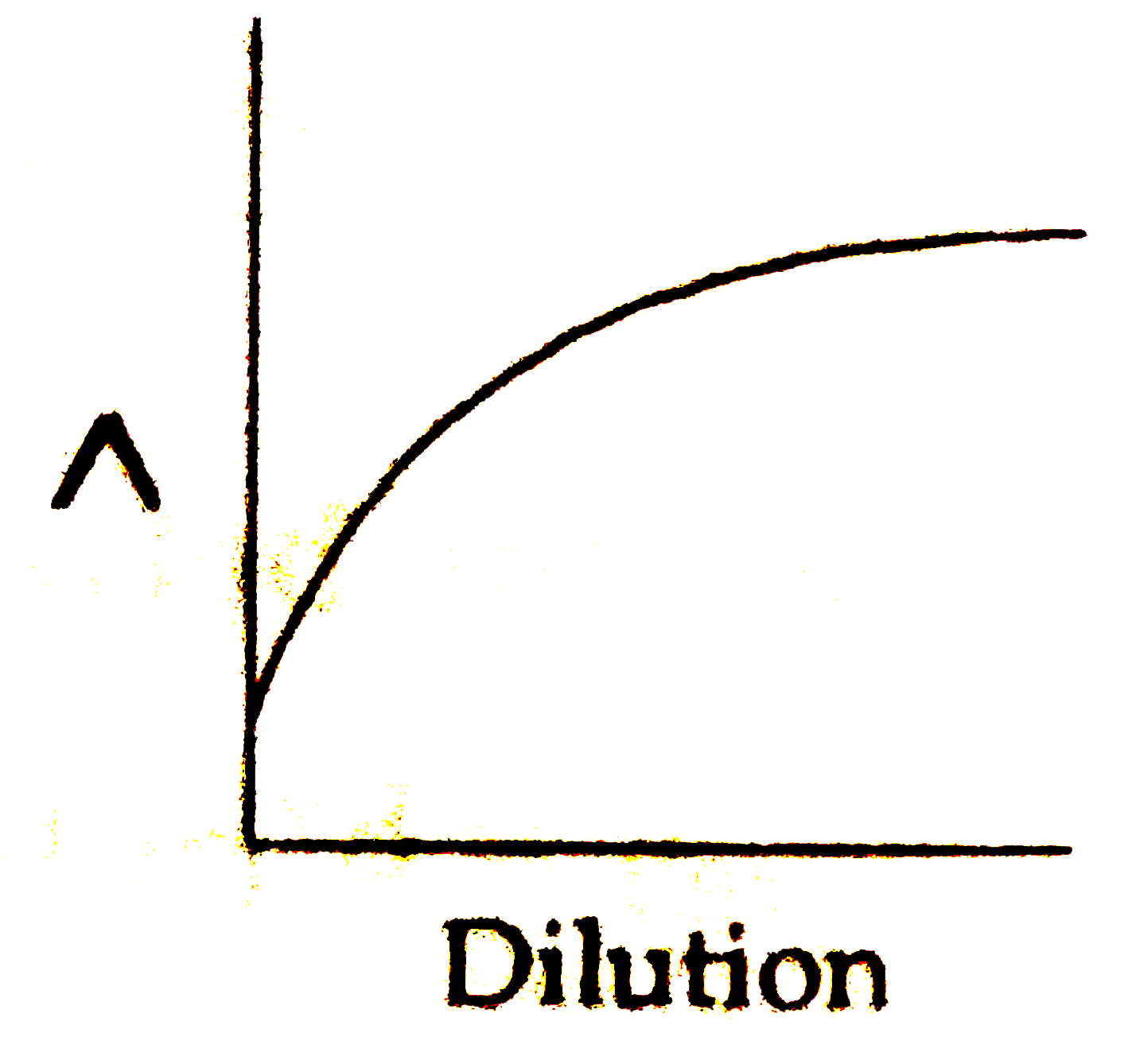 C
C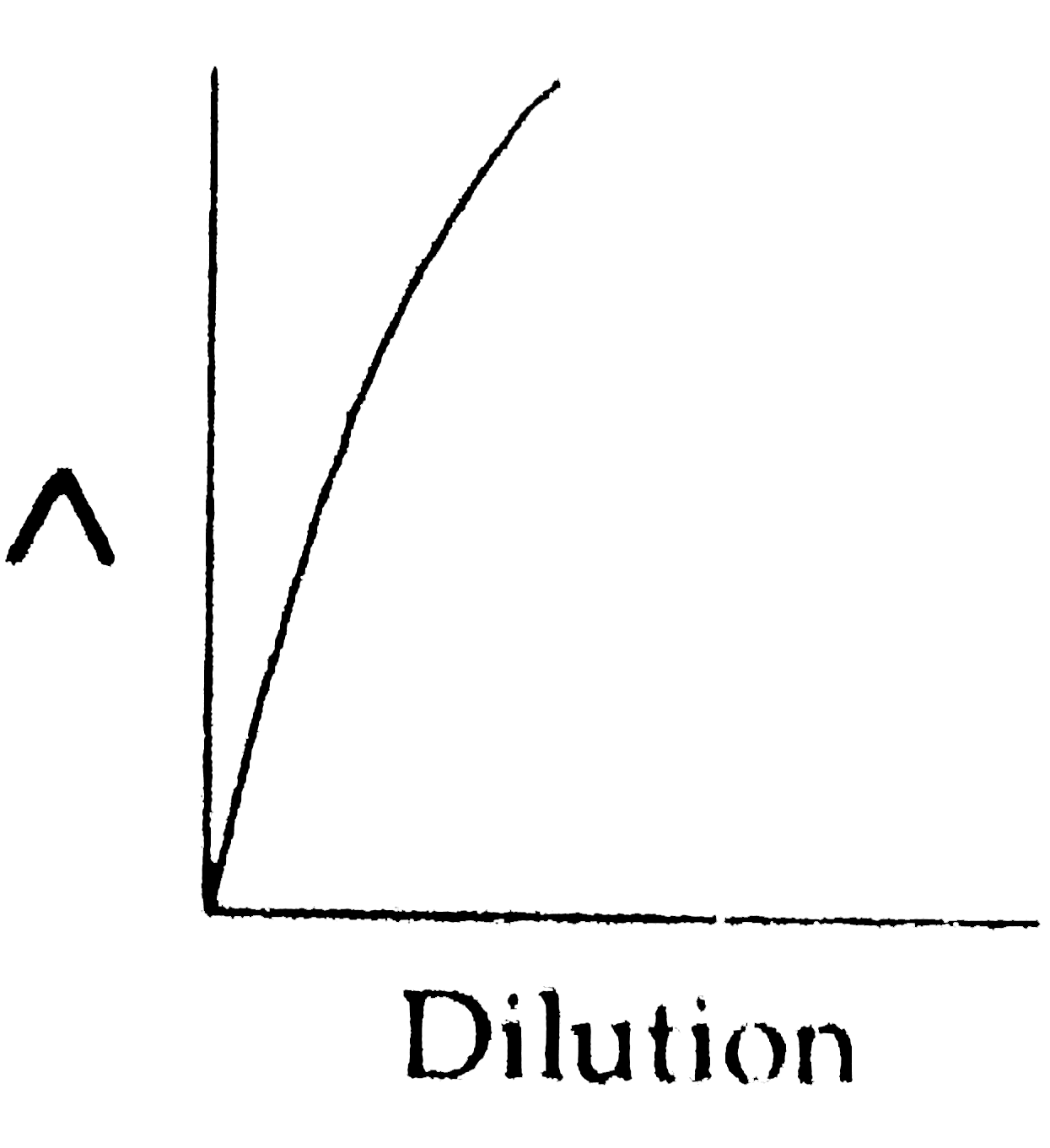 D
D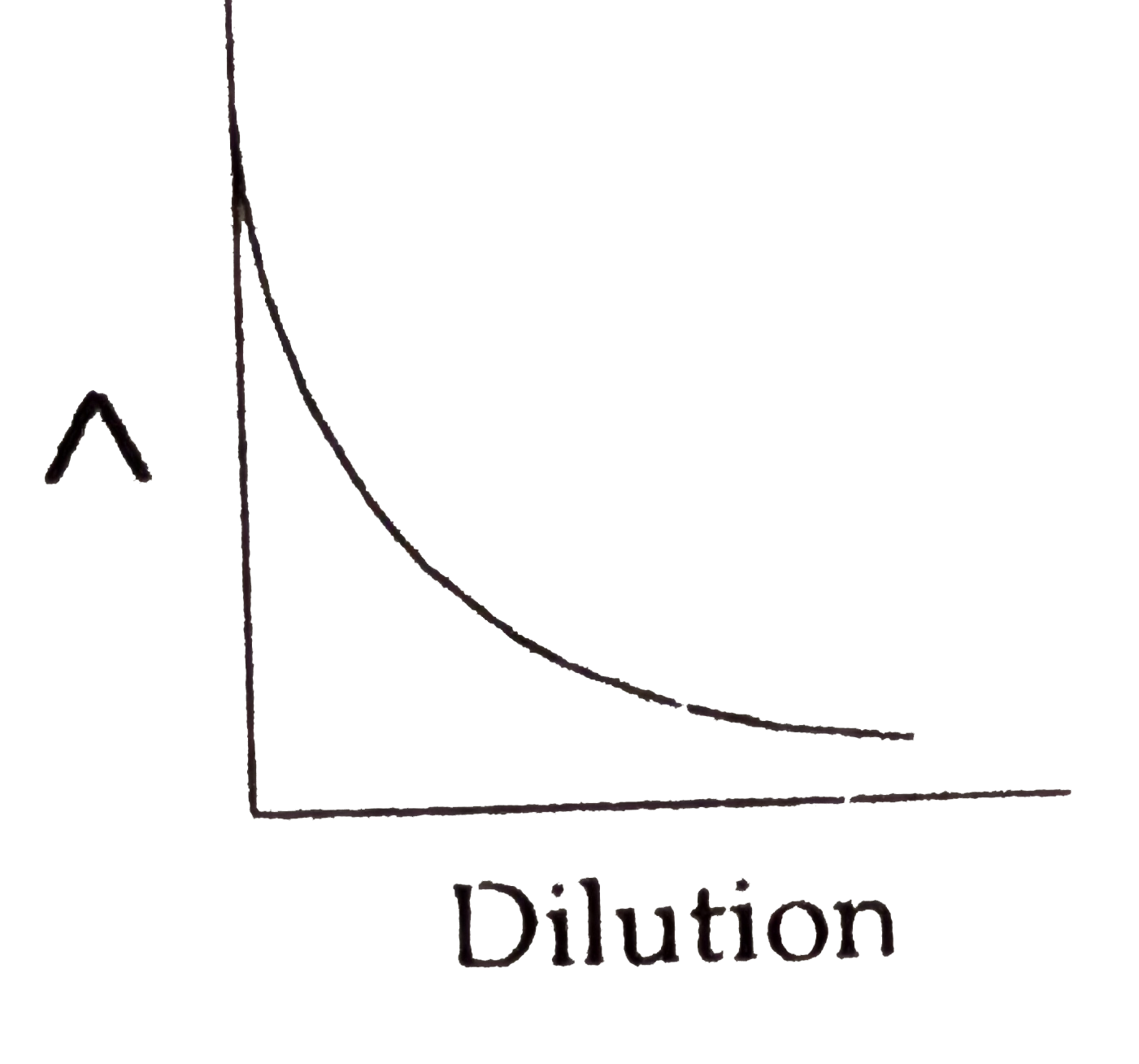
Which of the following graph correctly represents the variation of molar conductance (Δm) with dilution for a strong electrolyte ?
A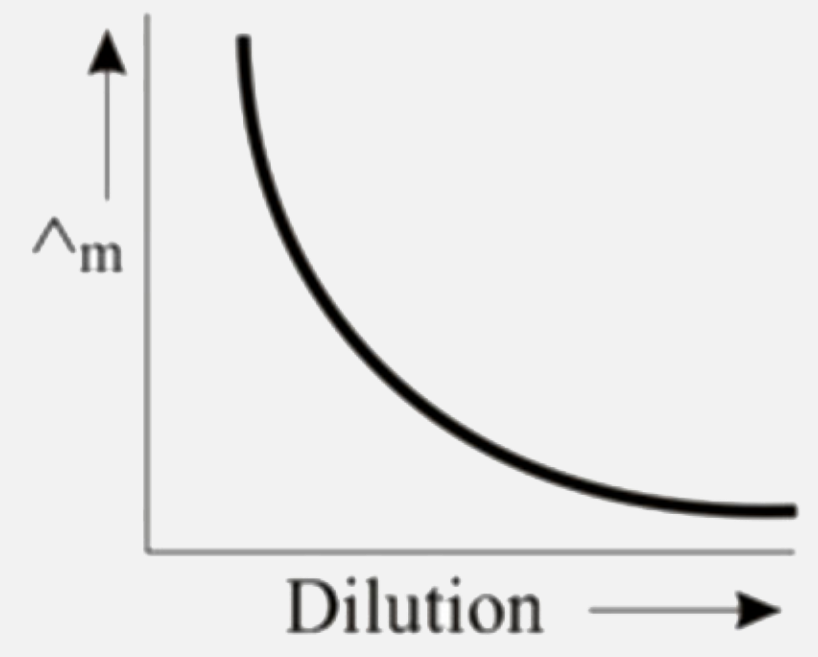 B
B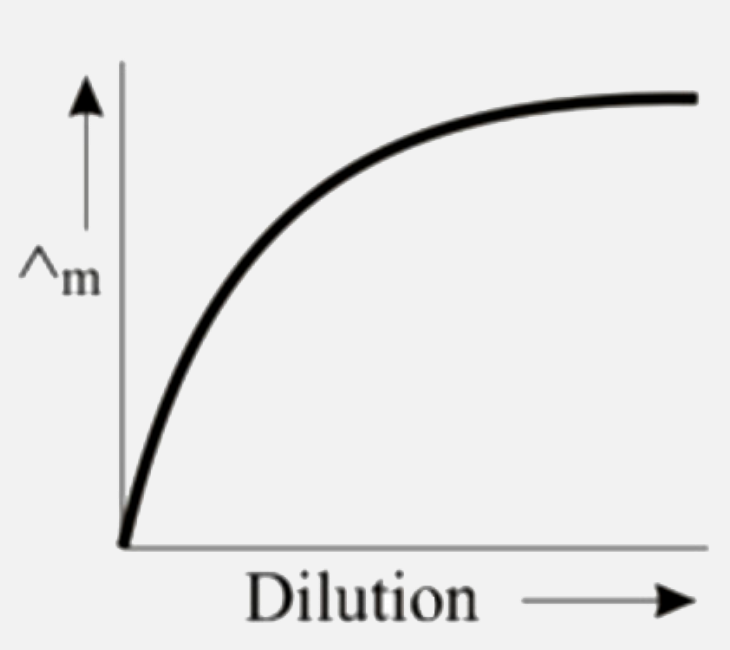 C
C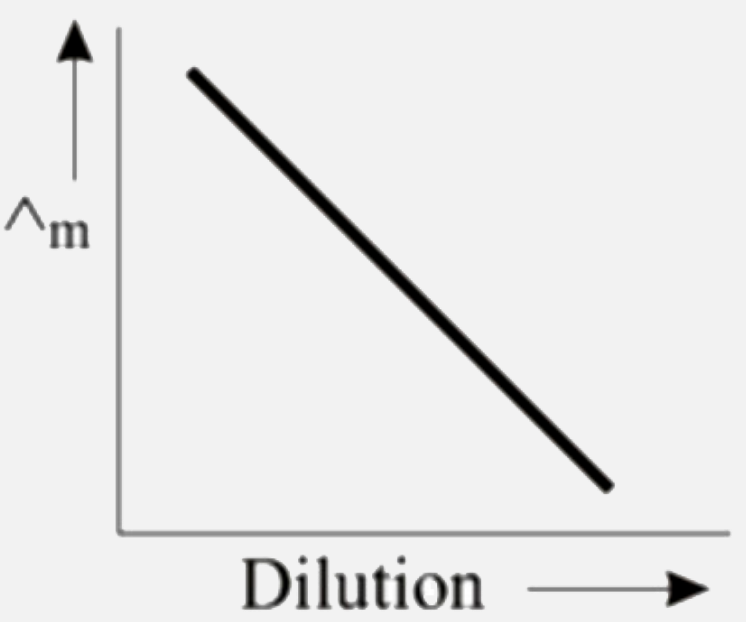 D
D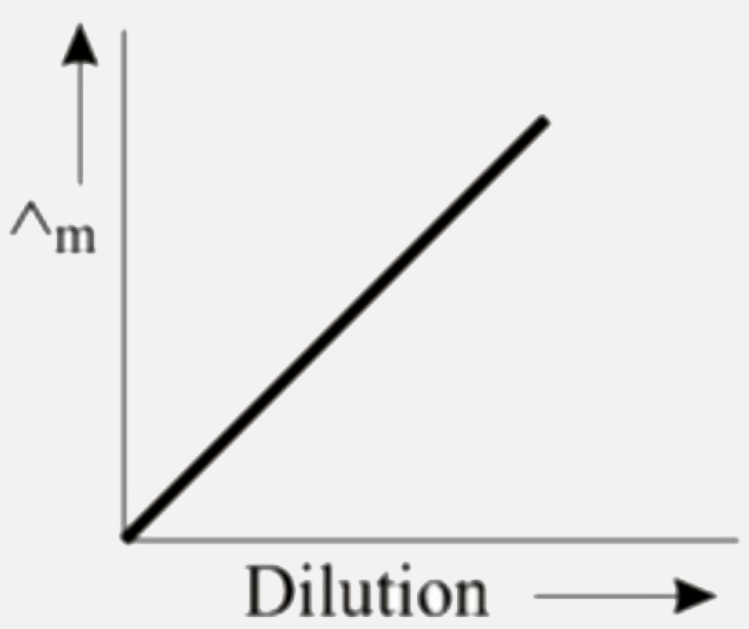
Which of the following plots represents correctly the variation of conductivity with concentration?
A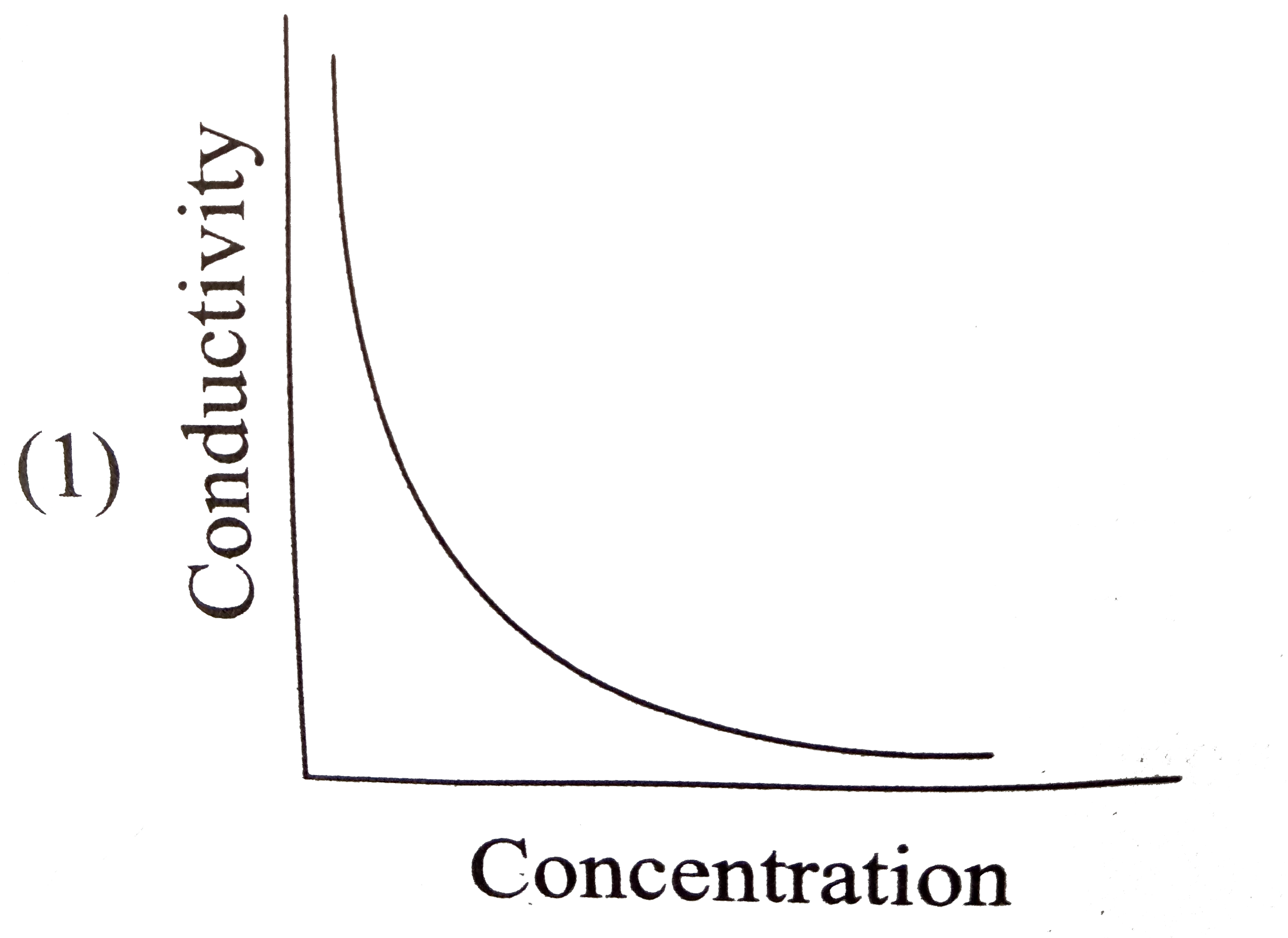 B
B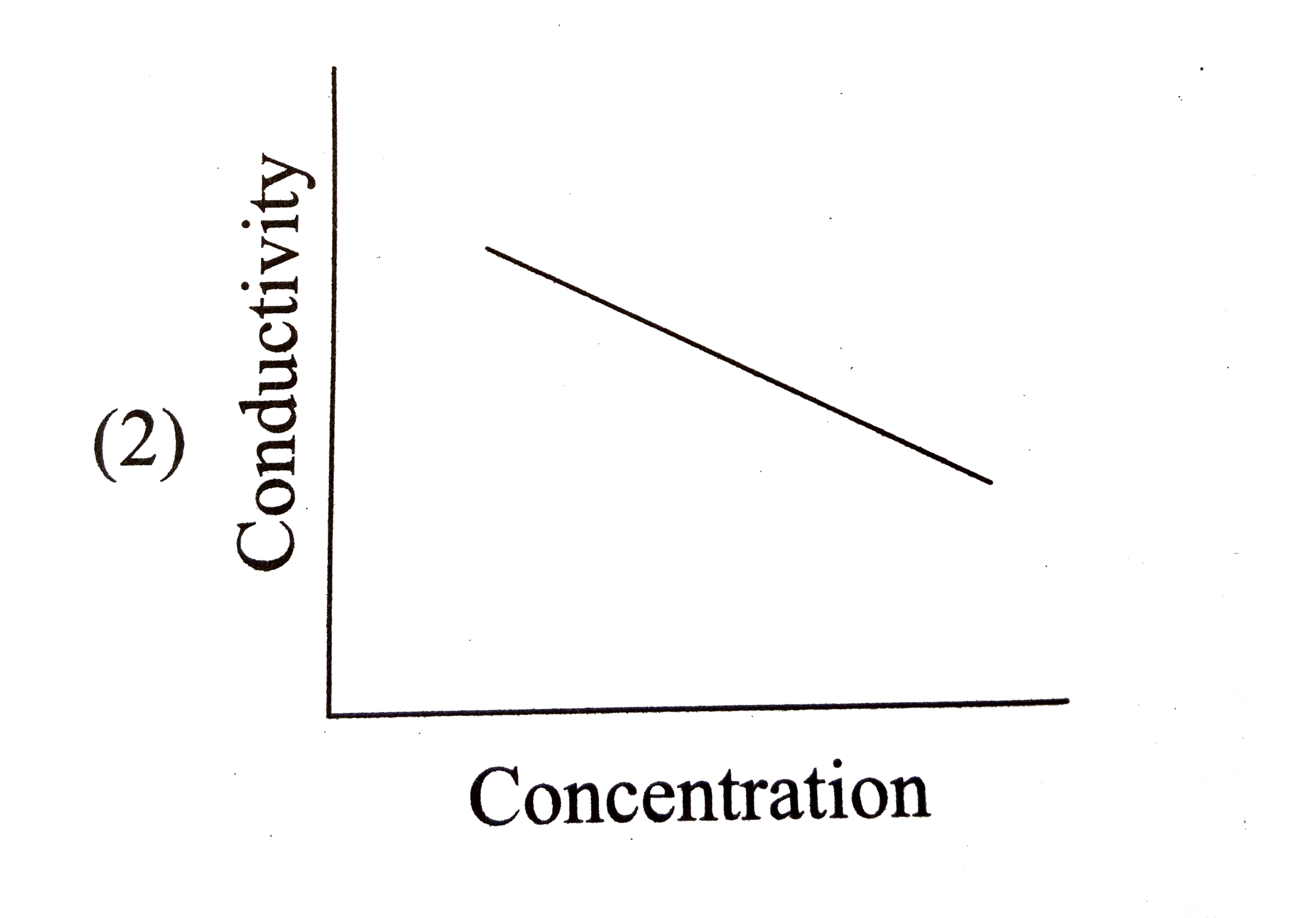 C
C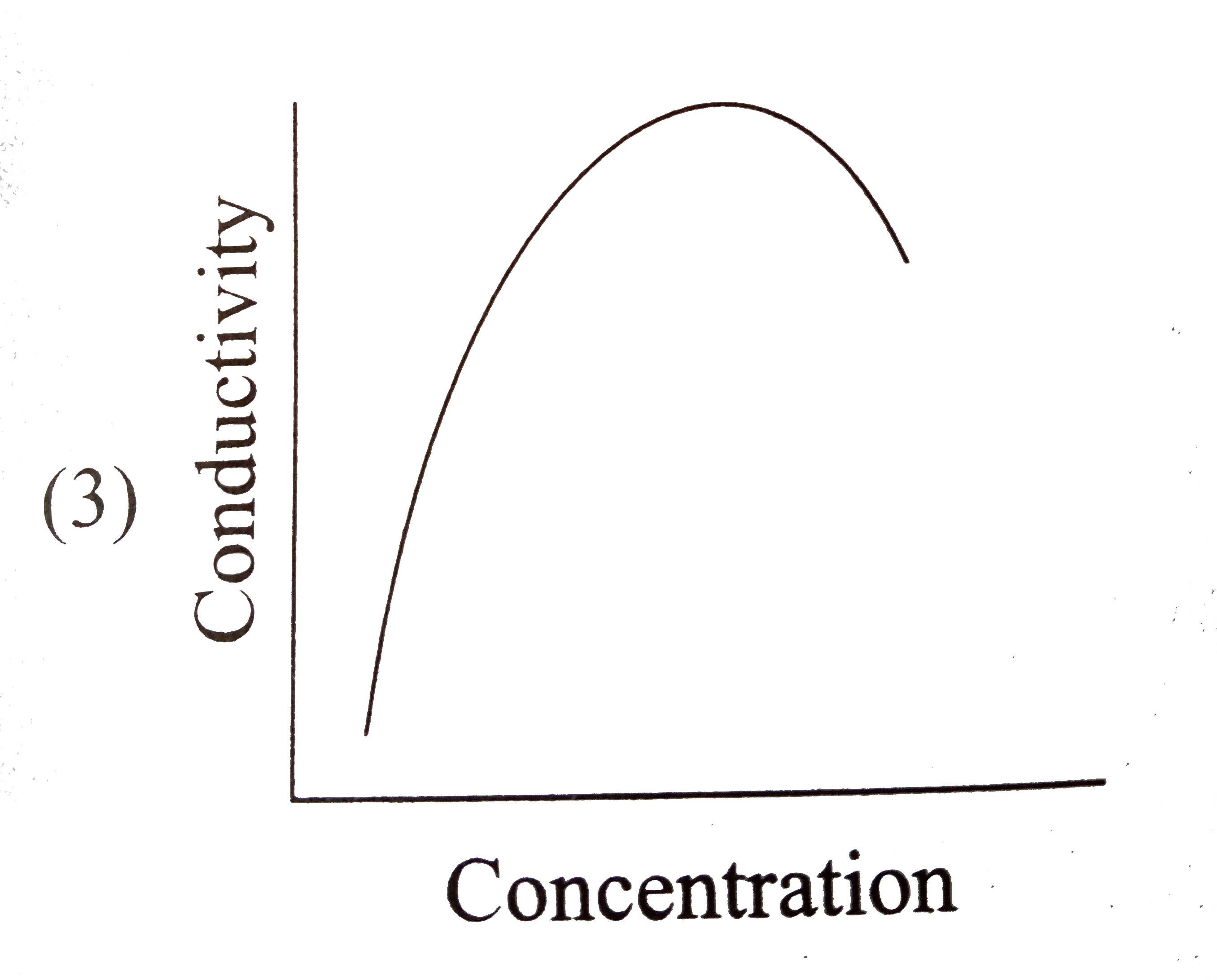 D
D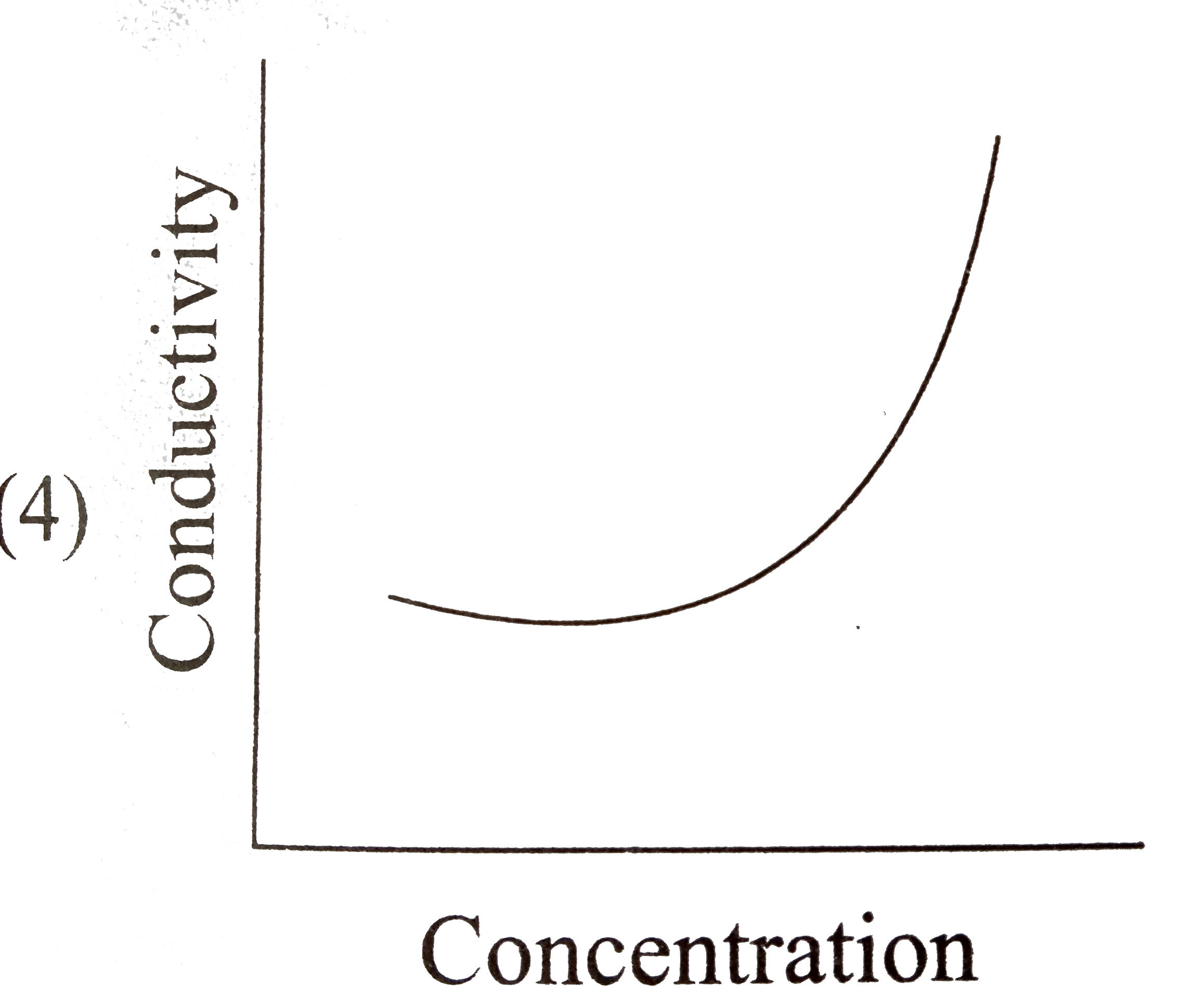
The variation of equivalent conductance versus concentration of a strong electrolyte is correctly given in the plot
View SolutionWhich of the following expressions correctly represents the equivalent conductance at infinite dilution of AlSO43. Given that ∘ΛAl3+ and ∘ΛSO2−4 are the equivalent conduactance at infinite dilution of the respective ions?
View SolutionWhich of the following expressions correctly represents the equivalent conductance at infinite dilution of Al2(SO4)3 ? Given that Λ∘Al3+ and Λ∘SO2−4 are the equivalent conductances at infinite dilution of the respective ions ?
View SolutionWhich of the following expressions correctly represents the equivalent conductance at infinite dilution of AlSO43. Given that ∘ΛAl3+ and ∘ΛSO2−4 are the equivalent conduactance at infinite dilution of the respective ions?
View SolutionWhich of the following expressions correctly represents the equivalent conductance at infinite dilution of Al2(SO4)3. Given that Λ∘AI3+ and Λ∘SO2−4 are the equivalent conductances at infinite dilution of the respective ions?
View Solution
